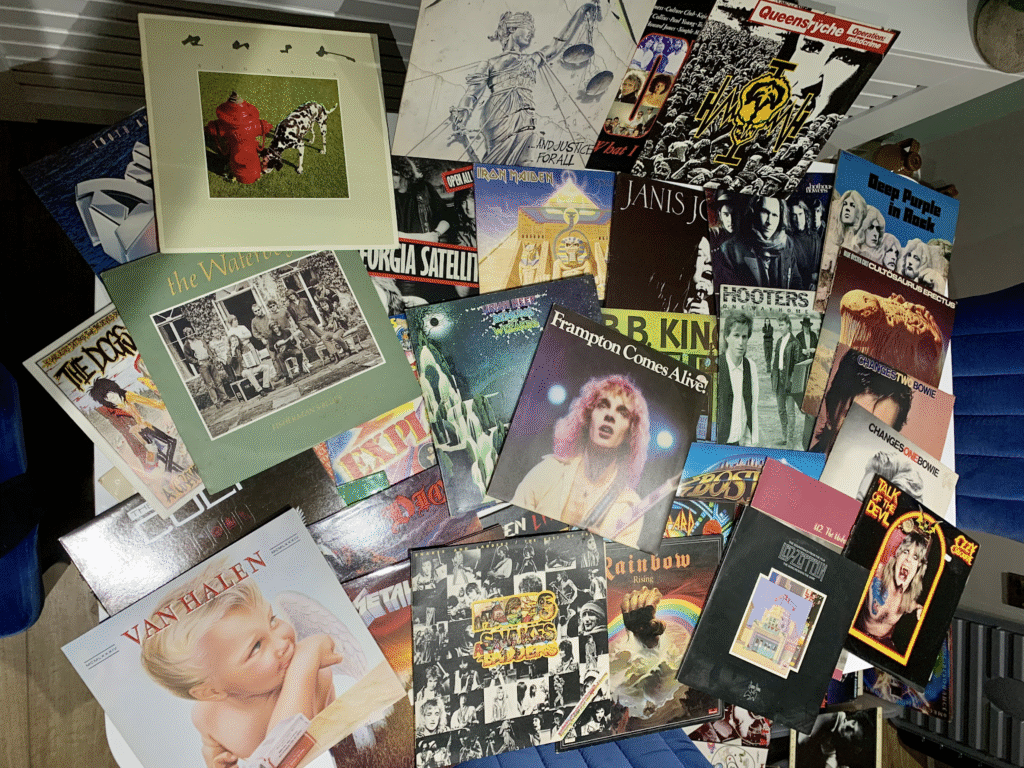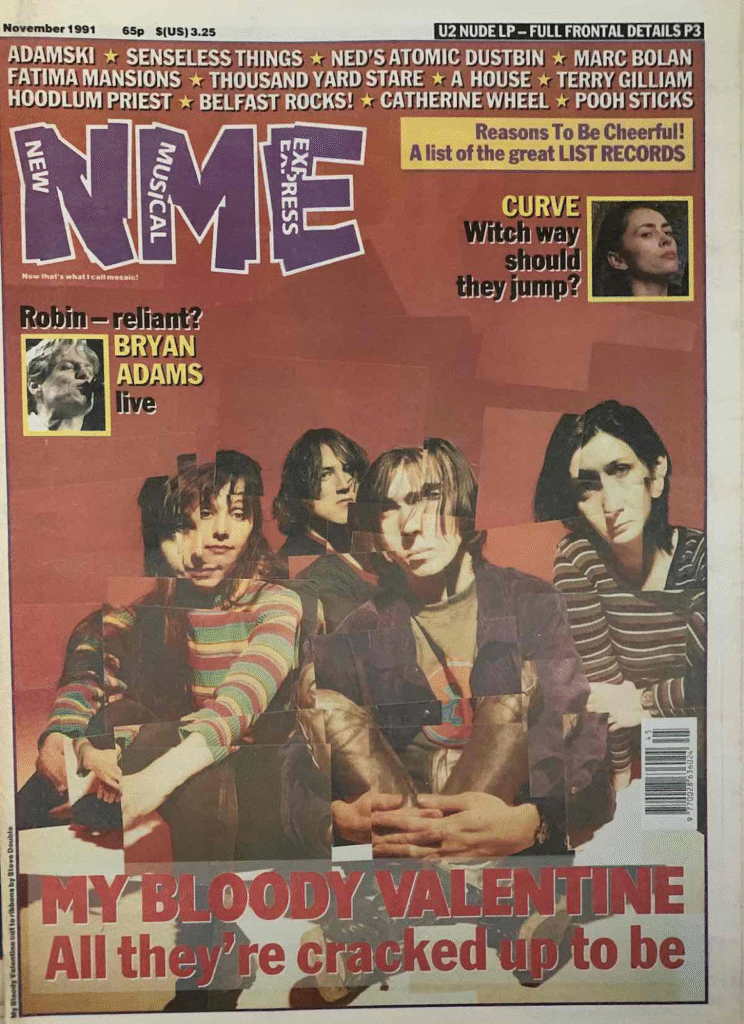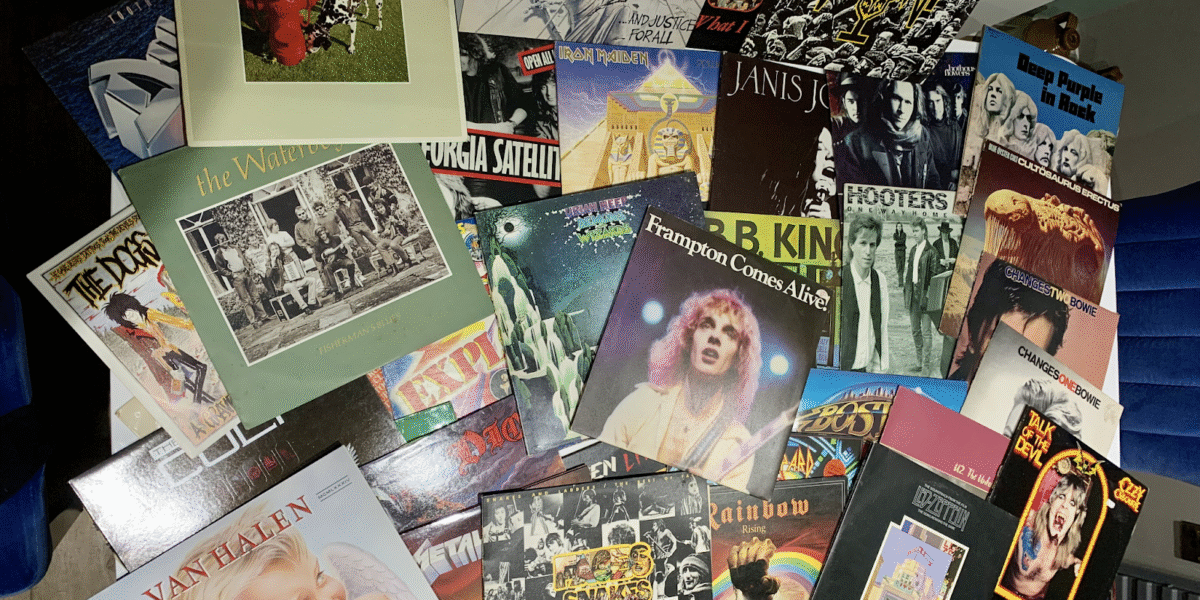Pop culture used to be obsessed with the future. New sounds, new styles, new identities at least until the late 1990s. But somewhere between the return of vinyl, endless reboots, and “Y2K-core,” something changed. We became addicted to nostalgia.
In Retromania: Pop Culture’s Addiction to Its Own Past, music critic Simon Reynolds analyses that obsession and wonders if we have lost our ability to imagine what comes next.

The Nostalgia Feedback Loop
Reynolds argues that modern culture has turned into a museum of itself. Streaming made the past permanent. Every song, every performance, every aesthetic is instantly accessible. It’s never been easier to revisit the ’70s, ’80s, or 2000s… and that’s the problem?
Reunion tours, anniversary reissues, remakes, and TikTok trends built from 20-year-old hits, we’re stuck remixing memory instead of creating new history, and it seems like nonstop…

Digital Culture and the Death of “Now”
Before the internet, pop moved fast, punk killed prog, and grunge killed hair metal. But in the digital age, every past era lives forever. Reynolds calls it a “temporal collapse”: the future and the past exist at once, flattening time into a single, endless feed.
He isn’t totally cynical, though. He admits retro can be a creative tool, if we twist it, not worship it.


Why It Still Matters (Maybe More Than Ever)
In 2025, Retromania hits harder than ever. AI covers reanimate dead voices. TikTok revives 2007 indie sleaze. Fashion is in a permanent loop of nostalgia drops. And we’re left wondering what “new” even means anymore?
Reynolds doesn’t give a clean answer. But he makes you question what happens when a culture can’t move forward, only scroll backwards.




